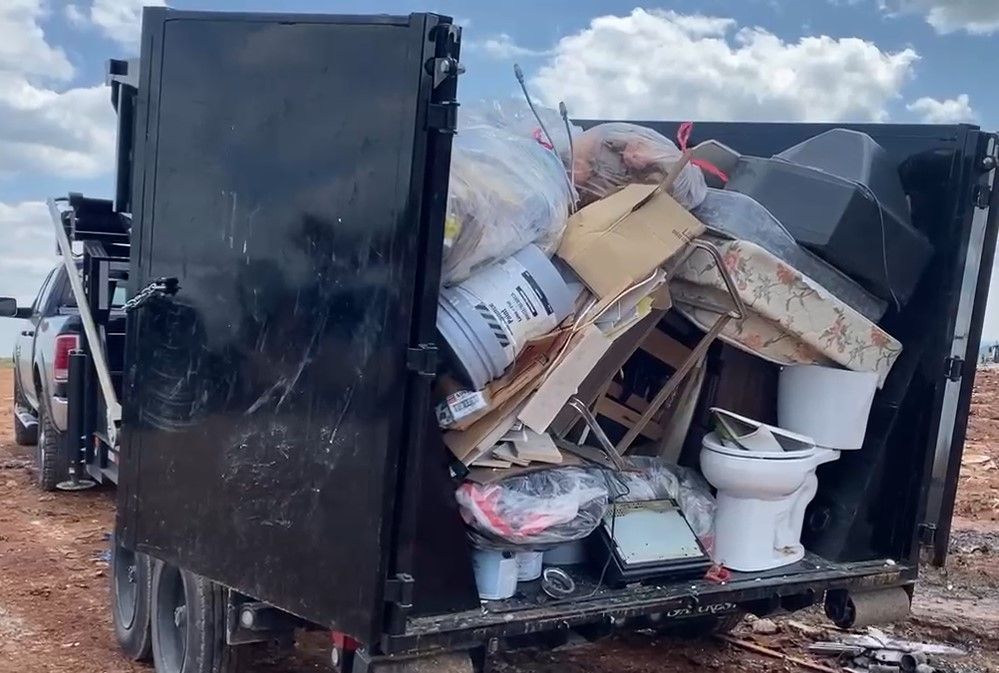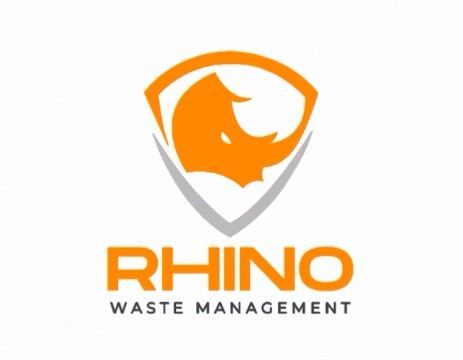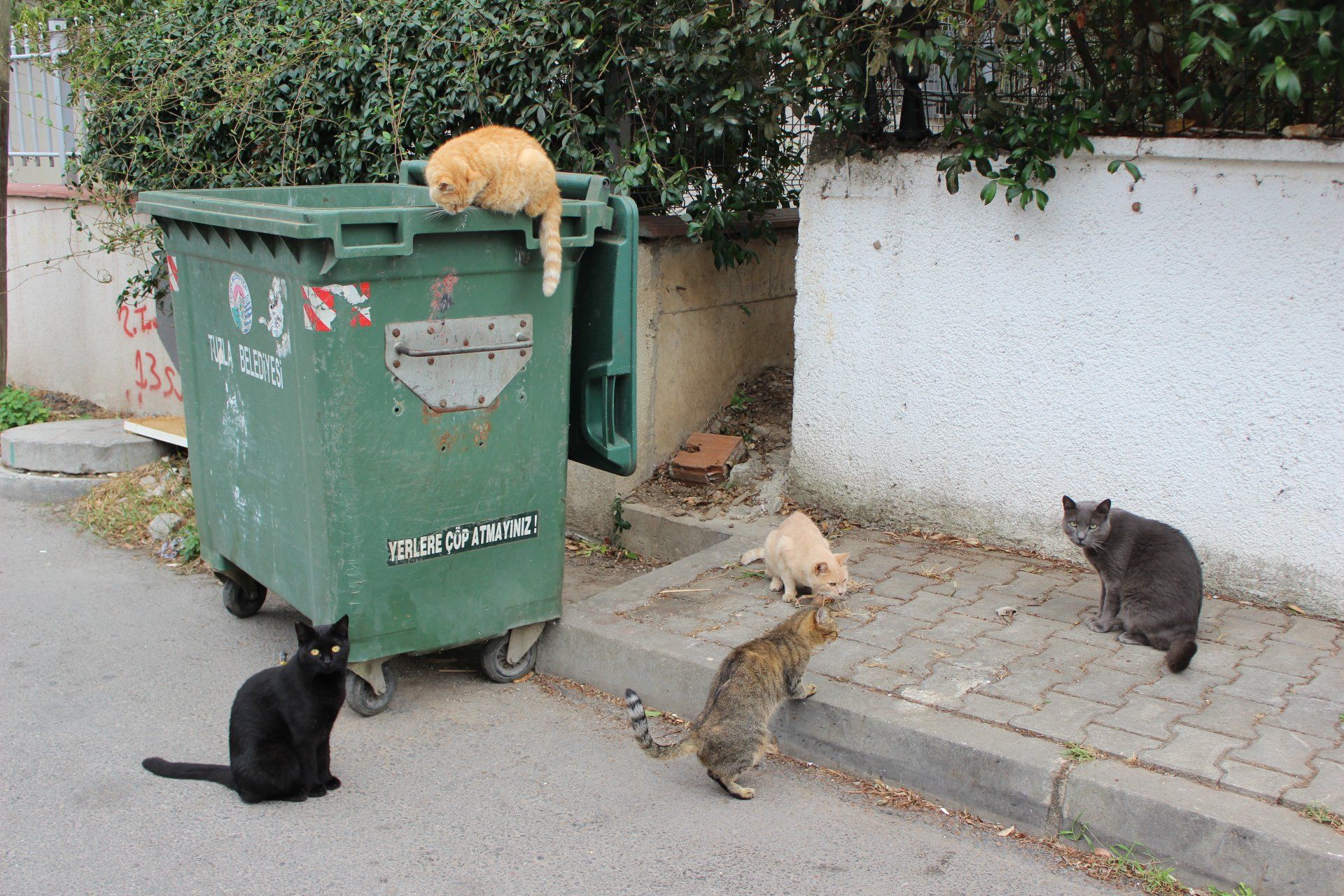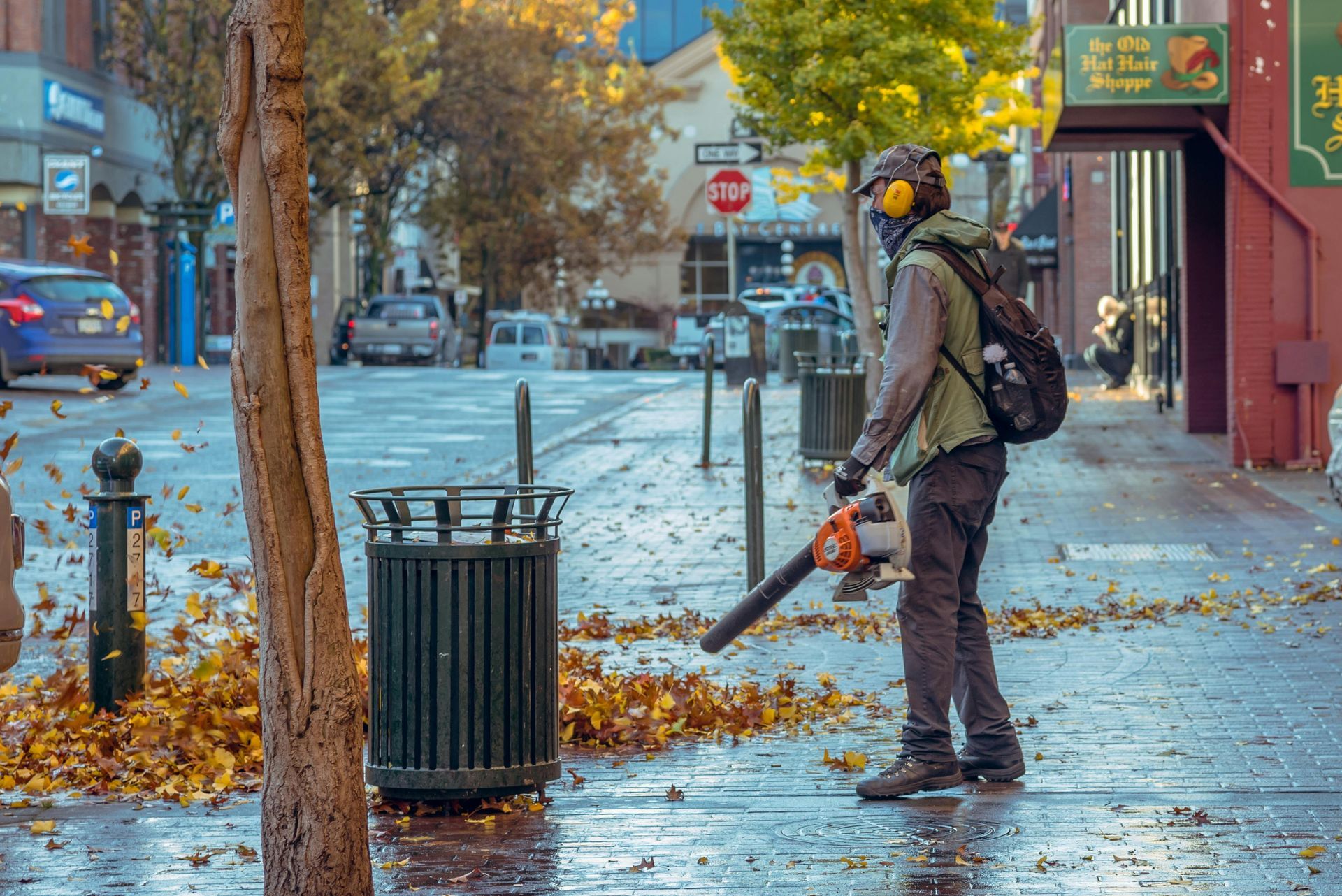Can I Use a Roll-Off Dumpster for Cleaning Out a Hoarder House?
Living in a hoarder house can present unique challenges, especially when it comes time for cleanup. Whether you're tackling the clutter yourself or assisting a loved one with the process, finding the right tools and resources is crucial for a successful cleanup operation. One common question that arises during this process is whether a roll-off dumpster is a suitable solution for disposing of hoarded items. Let's explore this topic in more detail.
Understanding the Scope of the Cleanup
Cleaning out a hoarder house requires careful planning and consideration of the scale of the cleanup. Hoarding disorder often leads to the accumulation of a large volume of items, ranging from household goods and clothing to newspapers and miscellaneous clutter. Depending on the severity of the hoarding situation, the cleanup process may involve significant time and effort.
Benefits of Using a Roll-Off Dumpster
- Convenience: A roll-off dumpster provides a convenient and centralized location for disposing of large quantities of items. Instead of making multiple trips to a landfill or waste disposal facility, you can simply fill up the dumpster at your own pace.
- Efficiency: With a roll-off dumpster on-site, you can streamline the cleanup process and avoid the hassle of sorting and organizing items for disposal. Simply toss unwanted items directly into the dumpster, saving time and effort in the long run.
- Safety: Hoarder houses often present safety hazards such as tripping hazards, mold growth, and pest infestations. By promptly removing clutter and debris from the property, you can create a safer environment for occupants and cleanup crews alike.
Considerations Before Using a Roll-Off Dumpster
- Permit Requirements: Depending on your location, you may need to obtain a permit before placing a roll-off dumpster on your property. Check with your local government or waste management authorities to ensure compliance with regulations.
- Sensitive Items: While a roll-off dumpster is suitable for disposing of most hoarded items, it's essential to exercise caution when handling sensitive or valuable items. Consider setting aside sentimental belongings or items of potential value for separate disposal or donation.
- Environmental Impact: Be mindful of the environmental impact of your cleanup efforts. Whenever possible, recycle items such as paper, cardboard, and plastics to reduce waste and minimize landfill contributions.
Using a roll-off dumpster can be an effective solution for cleaning out a hoarder house, providing convenience, efficiency, and safety during the cleanup process. However, it's essential to consider permit requirements, handle sensitive items with care, and minimize environmental impact wherever possible. By approaching the cleanup process thoughtfully and responsibly, you can restore a hoarder house to a safe and habitable condition, promoting health and well-being for all involved.
You might also like
Bin Buzz

Book a Service Today
We will get back to you as soon as possible
Please try again later
Quick & Reliable
All Rights Reserved | Springfield Dumpster


